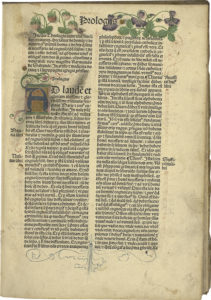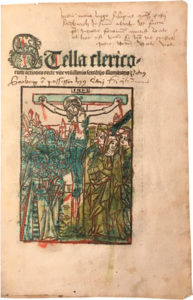One of the most common questions we receive in Special Collections is from patrons seeking historical church records from churches that either were or are current members of the North Georgia Conference. As the repository for the records of the conference, our collection consists of reports, histories, photographs, and bulletins from churches in the North Georgia Conference of the United Methodist Church (U.S.). These histories were maintained by the conference for each church for which members contributed information. Although the depth of information varies for each church, some of the material includes dates the church was founded, founding members, pastors, membership lists, location of the church, and other pertinent data. Many of the histories were prepared by members for church homecomings and anniversaries.
A brief history of the North Georgia Conference
The Georgia Conference of the Methodist Episcopal Church, originally part of the South Carolina Conference, was formed in 1830. In that same year the Methodist Protestant Church was formed as the result of a disagreement over the issue of lay participation in church government. In 1844, the Methodist Episcopal Church, South separated from the Methodist Episcopal Church over the issue of slavery. In 1866, the Georgia Conference of the Methodist Episcopal Church, South divided to form separate conferences for North and South Georgia. The North Georgia Conference grew rapidly in the period after this division. Its membership was estimated at 38,211 in 1866 and had grown to 58,520 by 1875. In 1939 the Methodist Episcopal Church, Methodist Episcopal Church, South, and the Methodist Protestant Church merged to form the Methodist Church (United States). The North Georgia Conference of this new unification consisted of ten districts with a membership of 156,400. In 1968 the Methodist Church merged with the Evangelical United Brethren to form the United Methodist Church. In 2000 the North Georgia Conference consisted of twelve districts with a total membership of 308,489 persons.
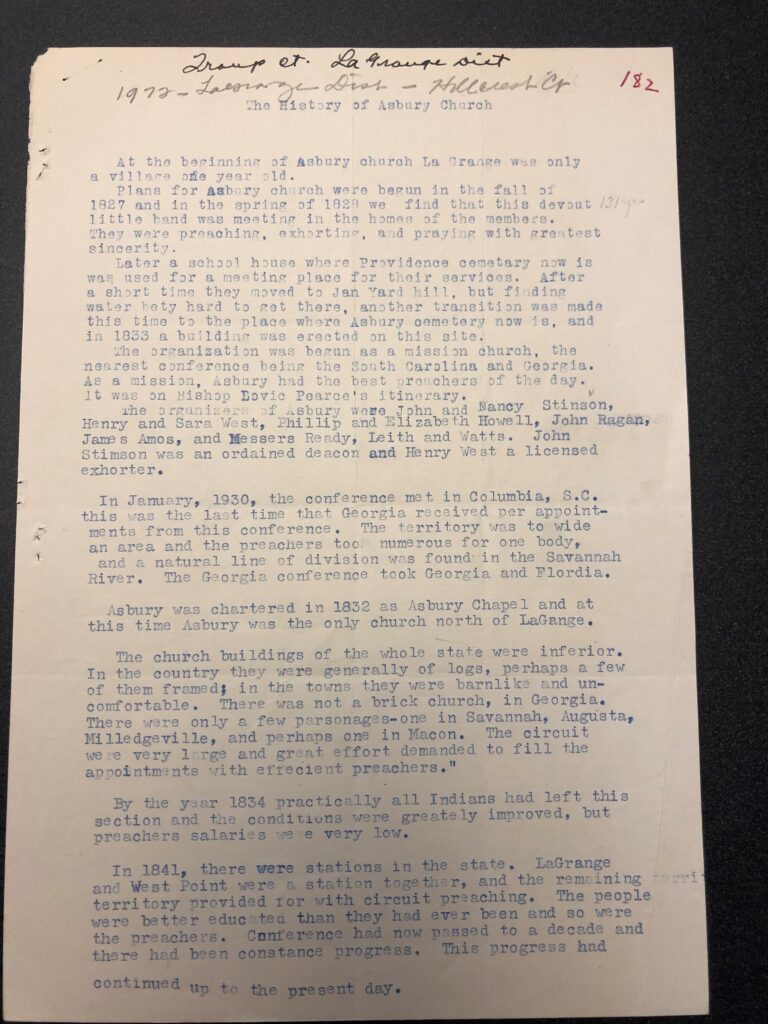
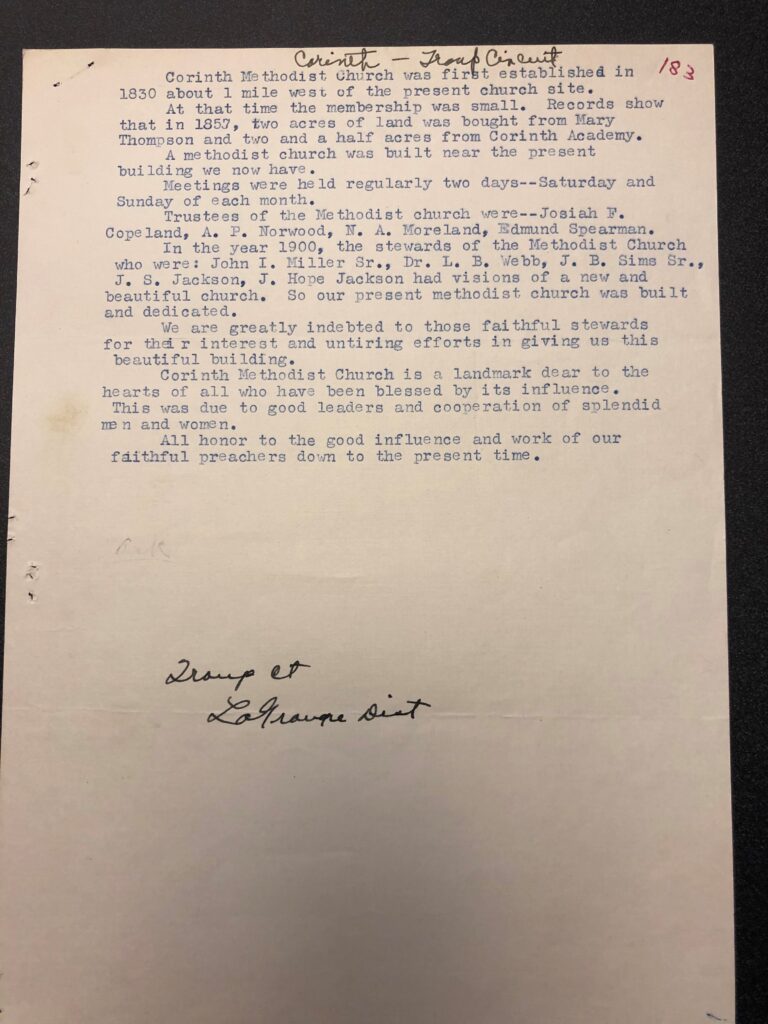
Making church histories accessible
When a church provides materials for the Special Collections, there are several steps before we can make it available to the public for research purposes. We first process the materials, which means that we organize the materials in a way that makes sense for researchers. We place papers in acid free folders and photographs in plastic holders, and we arrange all materials in numbered acid free boxes for easy access. These containers are then placed in our climate-controlled vault that is located within our library, or the items are sent off to our off-site storage facility. We then create an online finding aid to ensure that researchers can easily view the materials that are in a collection. The materials are very useful for our local family researchers. Since the Special Collections department serves as the repository for the records of the North Georgia Conference of the United Methodist Church, we are an active and growing collection. With that much information it can be difficult to find specific information in our collection! Thankfully many of our local church history records were previously digitized and can be seen here. In addition, our finding aids provide more detailed information about what exactly is in our collections.
For local church histories we recommend viewing our United Methodist Church (U.S.) North Georgia Conference, Local Church Histories collection. In addition, if there is a specific church that is of interest, we encourage patrons to search our finding aids for the church name and explore our holdings.
Beyond church histories, the Special Collections department of Pitts Theology Library also houses over 160,000 volumes of rare or special books and approximately 4,000 cubic feet of archival and manuscript material.
If something piques your interest, please contact us to view it in person. We can be reached by email at pittssc@emory.edu or by phone at 404-727-1223.
Written by Emily Corbin, Special Collections Reference Coordinator

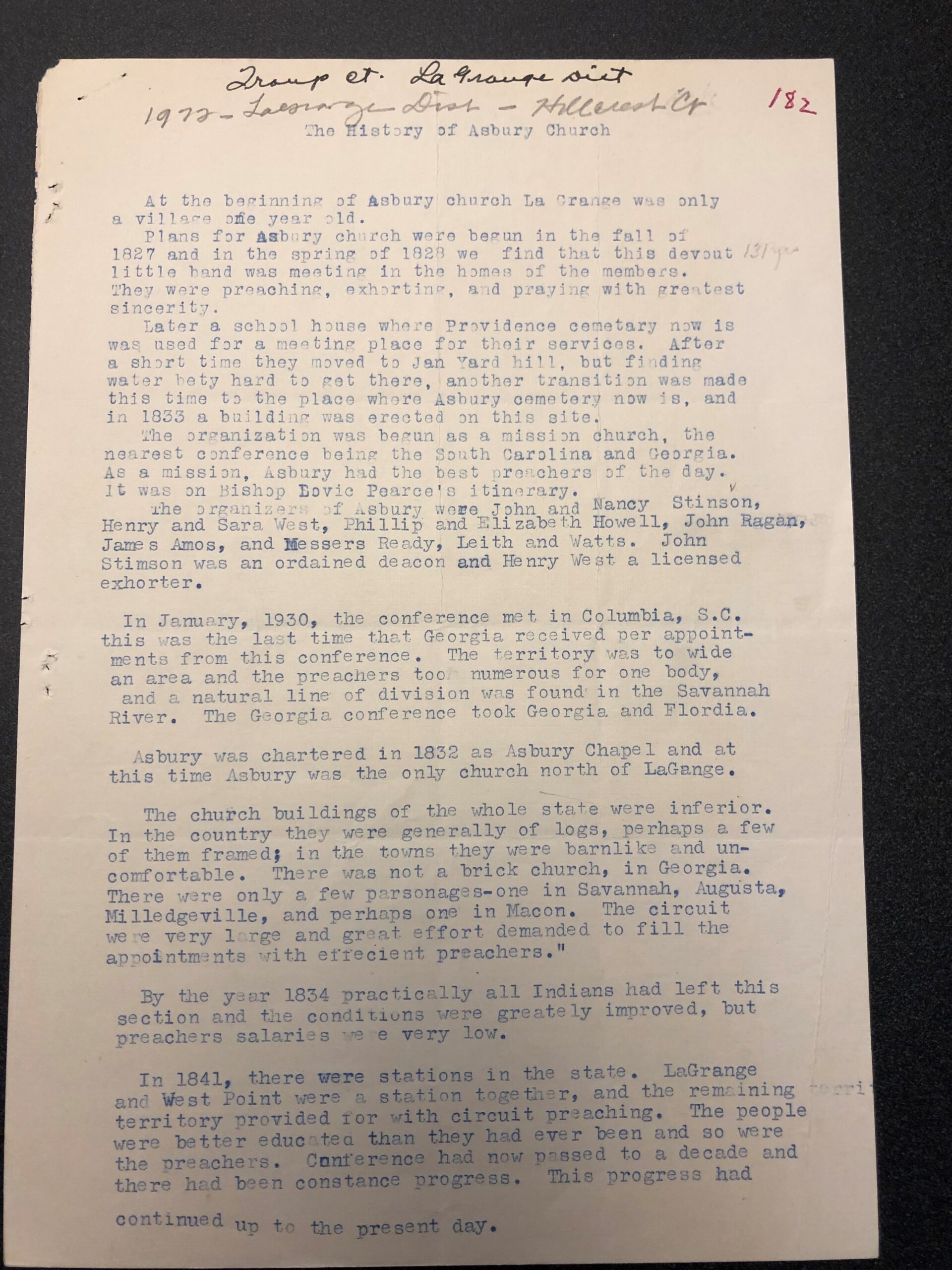
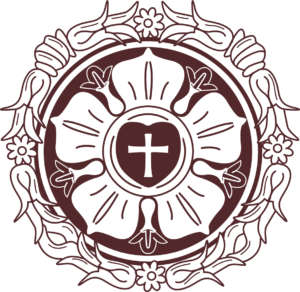
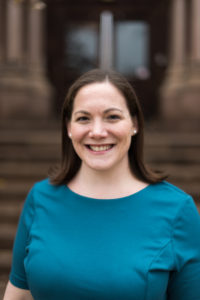 Alyssa Lehr Evans is a doctoral candidate in History at Princeton Theological Seminary (Princeton, NJ). As a recipient of both Fulbright and DAAD (Deutscher Akademischer Austauschdienst) Research Fellowships, she studied at Georg-August-Universität Göttingen and worked as a member of the Karlstadt Critical Edition team in Germany from 2015-2017. Her dissertation focuses on Karlstadt’s writings from 1517-1519, especially his commentary on Augustine’s de spiritu et litera, and understanding Karlstadt’s early development as a reformer. Alyssa is looking forward to working with the Collection’s many Karlstadt prints as a Kessler Fellow, including his Apologeticae Conclusiones (1518) and De legis litera, sive carne, & spiritu (1524).
Alyssa Lehr Evans is a doctoral candidate in History at Princeton Theological Seminary (Princeton, NJ). As a recipient of both Fulbright and DAAD (Deutscher Akademischer Austauschdienst) Research Fellowships, she studied at Georg-August-Universität Göttingen and worked as a member of the Karlstadt Critical Edition team in Germany from 2015-2017. Her dissertation focuses on Karlstadt’s writings from 1517-1519, especially his commentary on Augustine’s de spiritu et litera, and understanding Karlstadt’s early development as a reformer. Alyssa is looking forward to working with the Collection’s many Karlstadt prints as a Kessler Fellow, including his Apologeticae Conclusiones (1518) and De legis litera, sive carne, & spiritu (1524).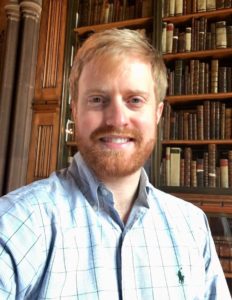 Drew Thomas is a Government of Ireland Postdoctoral Researcher in the School of History at University College Dublin. He works on a digital humanities applying machine learning and image recognition software to woodcut illustrations and ornamentation in books from the early modern Holy Roman Empire. He received his bachelor’s degree from Saint Louis University, master’s from Harvard University and his Ph.D. in history from the University of St Andrews in Scotland with a dissertation focusing on the printing industry in Wittenberg during Martin Luther’s Protestant Reformation. His research at the Pitts Theology Library investigates contemporary counterfeits of Luther’s writings and their later reception by libraries and book collectors. You can follow him on Twitter at
Drew Thomas is a Government of Ireland Postdoctoral Researcher in the School of History at University College Dublin. He works on a digital humanities applying machine learning and image recognition software to woodcut illustrations and ornamentation in books from the early modern Holy Roman Empire. He received his bachelor’s degree from Saint Louis University, master’s from Harvard University and his Ph.D. in history from the University of St Andrews in Scotland with a dissertation focusing on the printing industry in Wittenberg during Martin Luther’s Protestant Reformation. His research at the Pitts Theology Library investigates contemporary counterfeits of Luther’s writings and their later reception by libraries and book collectors. You can follow him on Twitter at  Edmund Wareham is the Cowdrey Early Career Teaching and Research Fellow in History at St Edmund Hall in Oxford. He undertook undergraduate and graduate studies in History and German at Jesus College in Oxford and the universities of Trier and Freiburg im Breisgau in Germany. His doctorate was an in-depth study of the Cistercian convent of Günterstal, near Freiburg, in the fifteenth and sixteenth centuries. He then became a Postdoctoral Research Associate on ‘The Nuns’ Network’ project, which is editing a collection of 1,800 letters from the Benedictine convent of Lüne dating from the fifteenth and sixteenth centuries. He is very excited by the opportunity to work with the Kessler collection to develop a project on ‘Making and Breaking Vows in Late Medieval and Early Modern Germany’.
Edmund Wareham is the Cowdrey Early Career Teaching and Research Fellow in History at St Edmund Hall in Oxford. He undertook undergraduate and graduate studies in History and German at Jesus College in Oxford and the universities of Trier and Freiburg im Breisgau in Germany. His doctorate was an in-depth study of the Cistercian convent of Günterstal, near Freiburg, in the fifteenth and sixteenth centuries. He then became a Postdoctoral Research Associate on ‘The Nuns’ Network’ project, which is editing a collection of 1,800 letters from the Benedictine convent of Lüne dating from the fifteenth and sixteenth centuries. He is very excited by the opportunity to work with the Kessler collection to develop a project on ‘Making and Breaking Vows in Late Medieval and Early Modern Germany’.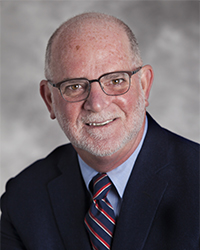 To celebrate Steve Kraftchick, Pitts has acquired a 1496 printing of Raymond of Sabunde’s Theologia naturalis, which argues that the God’s revelation is manifest in nature as well as in the Bible.
To celebrate Steve Kraftchick, Pitts has acquired a 1496 printing of Raymond of Sabunde’s Theologia naturalis, which argues that the God’s revelation is manifest in nature as well as in the Bible.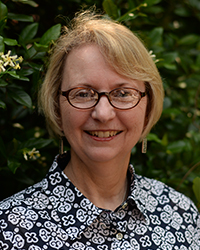 To celebrate Karen Scheib, Pitts has acquired a 1500 printing of the Stella clericorum, a popular medieval handbook on pastoral care. Learn more about and see images of these important and beautiful works at
To celebrate Karen Scheib, Pitts has acquired a 1500 printing of the Stella clericorum, a popular medieval handbook on pastoral care. Learn more about and see images of these important and beautiful works at 